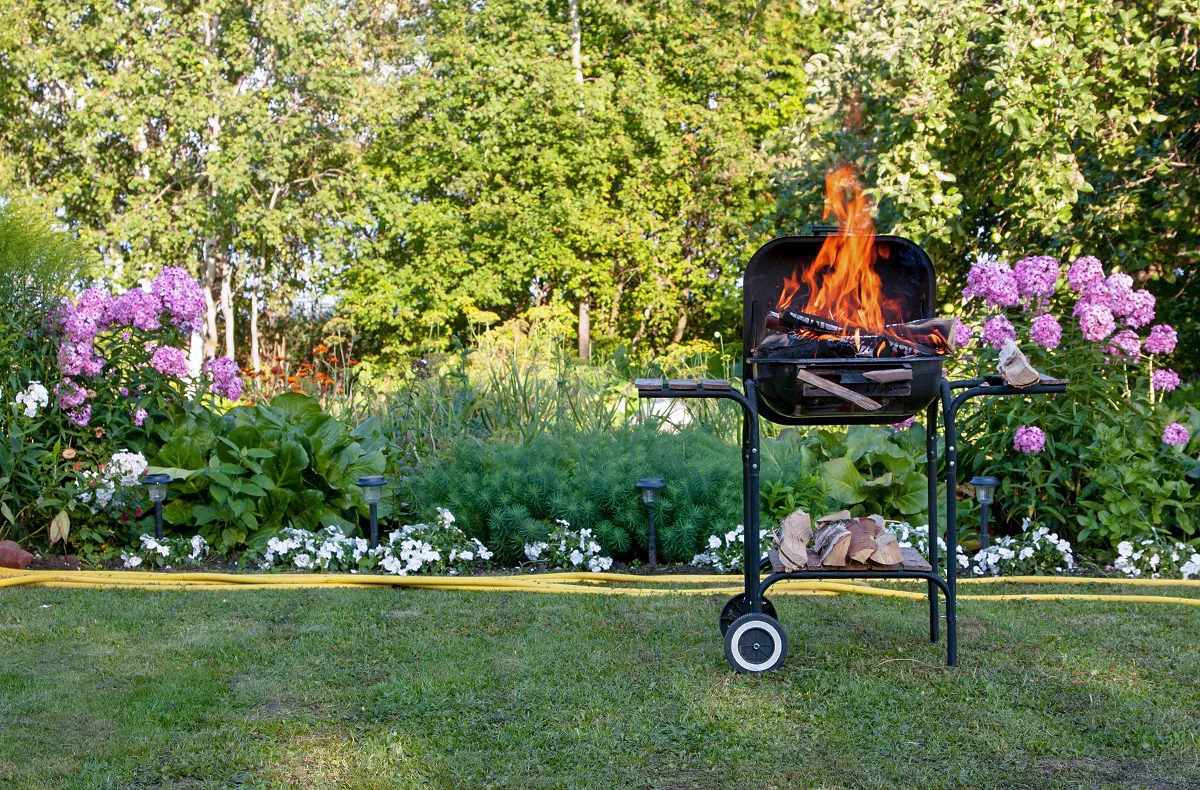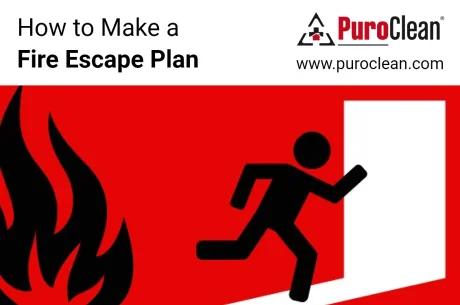According to the NFPA, in the United States there are nearly 45 million homes located near woodland settings. Unfortunately, these natural landscapes put them at risk for wildfires. After a major wildfire, some homes survive, but others do not. The homeowners who plan ahead to protect their property against a fire have a better chance of saving their homes.
Wildfire preparedness tips
- Make an emergency kit and a family evacuation plan. Practice the plan with all household members.
- Ensure all family members know how to use fire extinguishers and where they are kept.
- Create a 30 to 100-foot safety zone around your house and reduce the amount of flammable vegetation in this area. Keep roof and gutters clean, remove leaves from under structures, trim trees, remove dead branches, mow the grass and remove the vines from walls.
- Check the chimneys twice a year and clean them once a year, or whenever needed.
- Install smoke alarms on each level of the home and test them monthly. Never disable a smoke alarm, not even when cooking.
- Keep tools (axe, rake, shovel, chain saw, etc.) handy, so you can use them to stop a fire. In addition, keep a ladder to climb on the roof, if needed.
- Keep water in large containers, such as pool, well, pond or cistern. You might need the water to extinguish a fire.
- Have a garden hose that you can use to burst water to any part of the house.
When a wildfire approaches, evacuate your home if advised by local authorities. If you are not ordered to evacuate, take the following actions:
- Wear clothing that can protect you from sparks and ashes. Put on a protective mask if you must go outside.
- Clear the items than can burn in your yard, such as lawn furniture, woodpiles, and barbeque grills.
- Close all windows and doors, including the interior ones, to prevent draft. Curtains and flammable drapes should be removed.
- Flammable furniture should be moved to the center of rooms, away from windows and doors.
- Close garage doors, but make sure you can still open them manually.
- Turn off the gas, fuel oil or propane supplies at the main shut off.
- Be prepared to fight the fire using a garden hose and the water you’ve gathered in large containers.
- Be ready to leave the house by car. Put the emergency kit and essential documents in the car.
- Turn on interior, as well as exterior lights, to make your house more noticeable in thick smoke.
- Listen to the news for updates about the fire.
After the wildfire, check your home (including the roof) for smoke and sparks. Extinguish sparks and embers yourself or call for help immediately. Keep listening to the news from officials about the fire. If you’ve left your home during the wildfire, return only when advised so by the authorities.
Download a copy of this handy Emergency Preparedness Document and use it to gather and record important numbers, such as your property or medical insurance provider, A/C repair service, etc.




